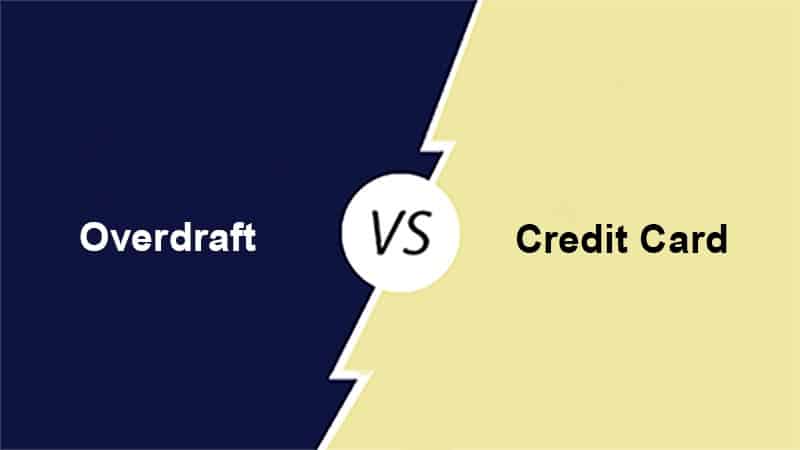
During a crisis or when making important purchases, there are a few lines of credit that people may turn to. However, if you already have loan repayment to take care of, your options become limited. During such times two sources of credit become primary – a personal loan overdraft or a credit card.
When one borrows money in these ways, there is always a predefined period before which one has to return the amount. Accompanying that is the interest that needs to be paid on the principal amount. However, some key differences make each option unique.
Here we will try to highlight these differences and help you decide which option may be best for you.
Personal Loan Overdraft
A personal loan overdraft is perhaps the more preferred option for many. It involves borrowing the additional amount directly from the bank or financial institution that has provided you with your initial loan. The amount you can borrow will vary depending on your personal loan eligibility and may extend up to 25 lakhs. Although this number may vary depending on each institution’s policy.
A personal loan overdraft gives you the flexibility to withdraw funds as per your needs. Thus, you can take care of unexpected emergency payments as they come up without having to worry about turning to another source of credit. You also pay interest only on the utilised amount, giving you more control over your borrowings according to your repayment ability.
The period of the initial loan is pre-decided and you can make payments of a fixed amount every month to eventually return the entire sum. You can then make multiple withdrawals when you take out an overdraft on this loan. In some institutions, you can also avail yourself of part-payment facilities without any additional fees.
You may either lock personal loan interest rates at the start using a fixed rate of interest or have a floating rate of interest in case you feel it is likely to be lower in the future. The current interest rates for a personal loan overdraft start from 13.5%.
If the personal loan repayment is carried out on time, you won’t be charged any additional amount. But missing a monthly payment or only making a partial payment below the required amount could attract a penalty.
Credit Card
Borrowing money using a credit card essentially involves using the card to make purchases and then returning that money to the bank or financial institution within the period allotted to you. If you return the money within that period, you won’t be charged any interest.
Credit cards have certain eligibility criteria that must be fulfilled before you can have access to one. Your credit limit will also depend on this. In most cases, the credit card limit will be lower than your loan overdraft limit.
Once you get your credit card statement, you must repay the amount in full or it will attract a compounding rate of interest. Once you start a line of credit and are unable to repay the amount, the balance amount will be charged a fixed interest rate and will add up every month. Eventually, this can become a significantly large amount. The flexibility of payment is, thus, taken away after the due date and you cannot make part payments without attracting significant penalties.
Your credit score will determine your interest rate and it could vary from individual to individual.
The right instrument
Before using any line of credit, it is important to note whether you need the money urgently or if you can wait for some time to self-finance your purchases. Since borrowing money attracts interest, this consideration becomes significant.
For purchases that need to be made immediately, you can utilize a personal loan overdraft or a credit card. A personal loan is the simpler of the two options as having set terms makes personal loan repayment easy. Personal loan overdrafts also provide flexible repayment options and are good for planned purchases. Make sure to use a reliable personal loan EMI calculator to help make an informed decision.
Credit cards are good for recurring or predictable purchases that you can pay for in the short term. However, they may not be the best option for making emergency purchases with an existing loan to take care of.
